The title has already betrayed it, today it goes times in a completely different direction. Not only thematically, but also locally. Out of the quiet test chamber, out into the wide world! Well, at least into the garden. Maybe you already noticed it in the topics of my last reviews, over the hot summer I try to avoid the reviews of coolers. Without air conditioning, it gets pretty warm in my office and test lab when the sun hits the roof and you also have a Ryzen 9 3950X running permanently on the testbench.
So why not make the sun your enemy, but your friend and power supplier? The topic of balcony power plants has interested me for quite some time anyway. Actually, I had already looked around privately for a cheap, simple set when something came up with EcoFlow.
I would like to say that I will not go into legal requirements, technical intricacies or the details of how a balcony power plant works. Especially the first point changes frequently, so if you are interested you have to inform yourself. But to have it once roughly explained: With a balcony power plant you have the little brother of a “real” PV solar system for significantly less money, which can be connected to the socket. The electricity fed into the grid can be used directly in the house grid and causes your electricity meter to measure less consumption and charge you for it. And even if it sounds strange, you can actually feed electricity into a socket and not just connect consumers. Since 2023 you also save the 19% VAT in Germany, such a “legal discount” of course makes the purchase even more interesting.
PowerStream micro inverter
Somewhat surprisingly and without much notice, a shipping company suddenly appeared at my door, wanting to get rid of a pallet of the finest technology.
And sending a simple balcony power plant didn’t seem to be enough for EcoFlow, because a Delta 2 MAX buffer tank including a connection for the inverter, ultra-thin window penetrations and two smart power outlets were also included.
But first, let’s take a look at the heart of it all, the PowerStream microinverter. This converts the direct current (DC) generated by the solar cells into more easily usable alternating current (AC) and controls the transfer to the home grid or storage.
With its IP67 rating and rugged exterior, the module could be placed outside, but an environment with consistent temperature is recommended. Since the Delta 2 Max is not weatherproof anyway and the connection cable is quite short, the PowerStream also comes with me into the apartment.
In the box are then two smaller ones, all neatly packed and labeled with refinement.
The delivery includes a multilingual manual, bracket with screws for wall mounting, the connection cable to the socket and a cover with a tool for easy disconnection of the plugs.
Let’s take a closer look at the PowerStream, you can also admire the thick cable for connecting to the solar cells. I personally like the simple design very much.
On the underside there is a bit more to see. Four rubber feet provide a secure stand, three threaded holes can be used in combination with the mounting plate for the wall and there is also an option to ground the whole thing. We’ll take a detailed look at the advertised app later.
By the way, it does not only look like that, the exterior of the PowerStream is actually mostly made of metal. With a weight of just under 3 kg, it is also suitable for slaying. And here again the direct accessories in the overview. We’ll take a detailed look at how the two Smart Plugs work later.
The thick cable on the bottom left is the connection between the inverter and the battery storage, on the right you can see the two extra-thin cable grommets for e.g. the window.
Conclusion: Everything is very well packaged, really high quality feel and almost every cable has a small warning about what to do with it and when not to do it. With such detailed labeling, almost nothing can go wrong, right?
And here are the technical key data for the inverter, more information can be found on the product page of the manufacturer. In Germany, it is currently not allowed to use more than 600W via simple registration as a balcony power plant. Practically, the PowerStream supports up to 800W, but these are currently only usable in the EU version. However, the DE version can be upgraded from 600 to 800W via firmware update as soon as it is legal.
EcoFlow PowerStream Micro Inverter 600W
 | Versand in 1-3 Werktagen | 100,00 €*Stand: 26.07.24 17:18 |
 | lagernd | 104,99 €*Stand: 27.07.24 01:20 |
| Digitale Fotografien - der Webshop | ca. 2-5 Werktage | 108,40 €*Stand: 27.07.24 03:04 |














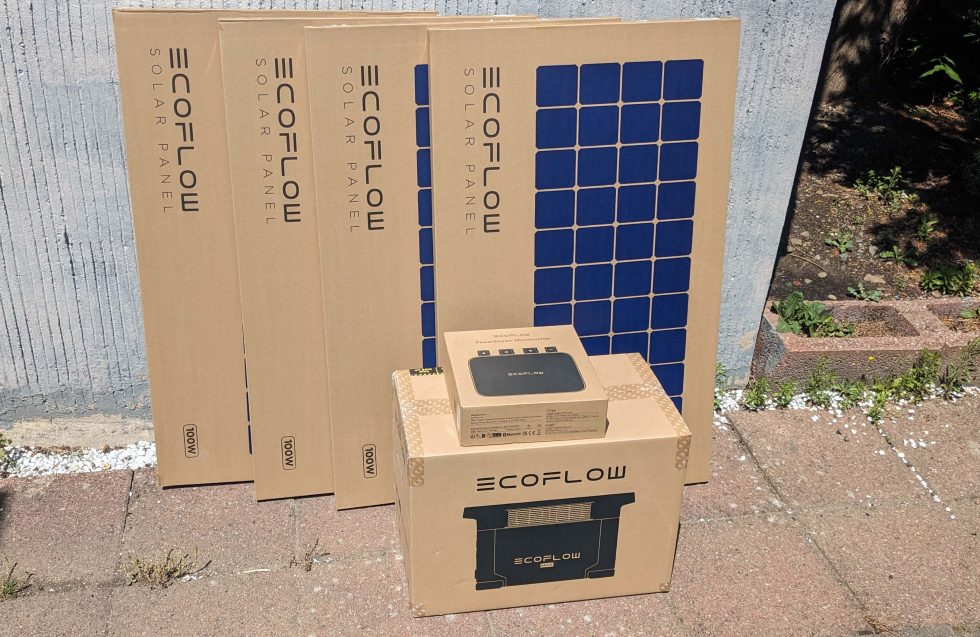
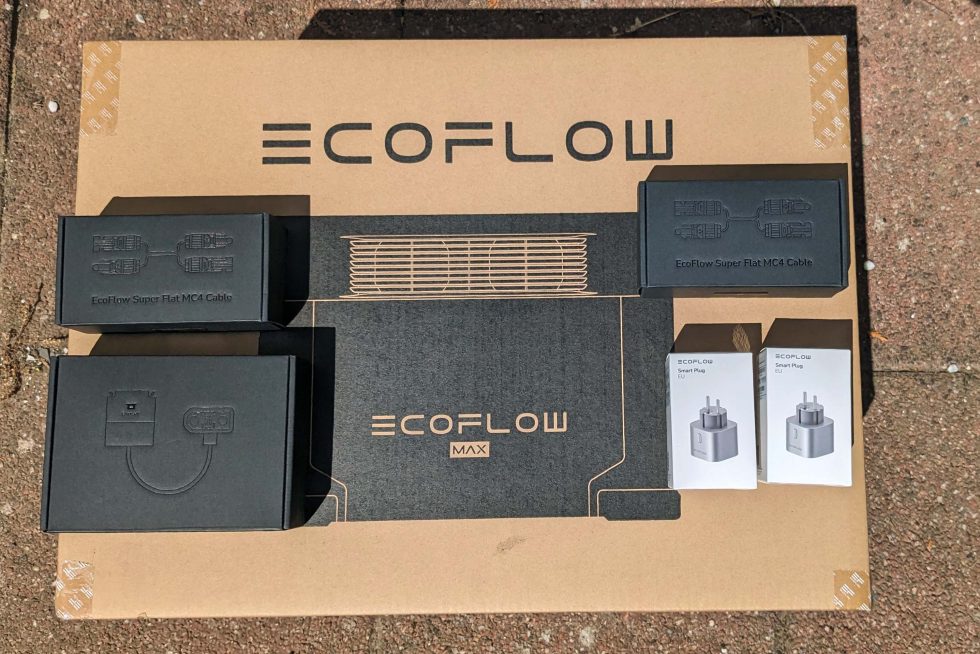
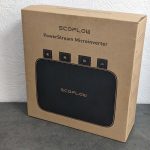
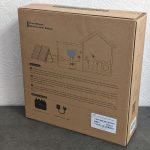
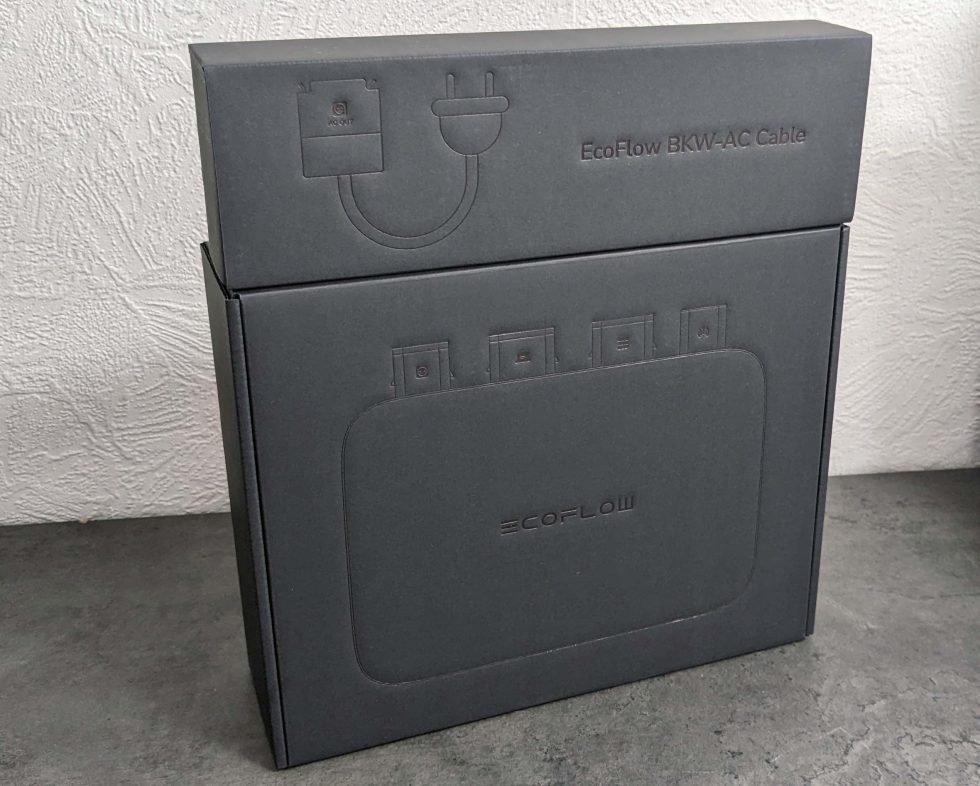
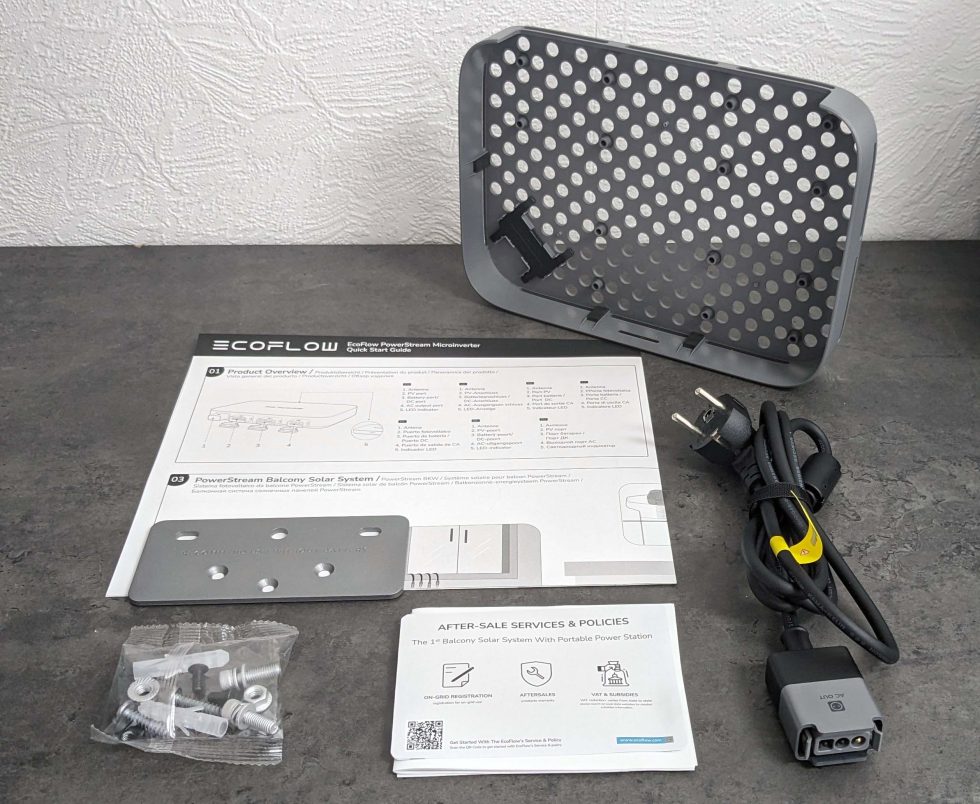
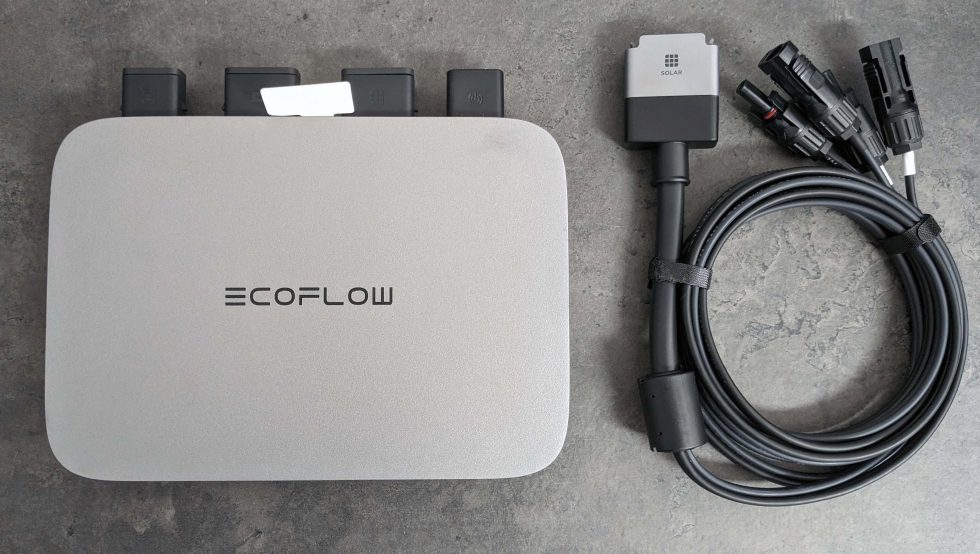
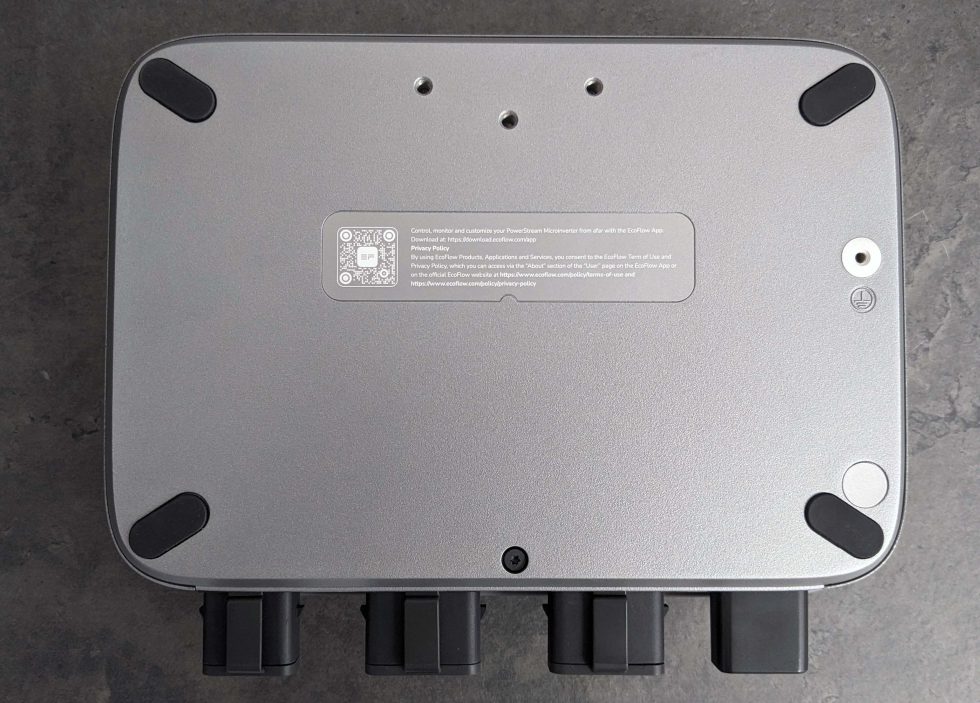
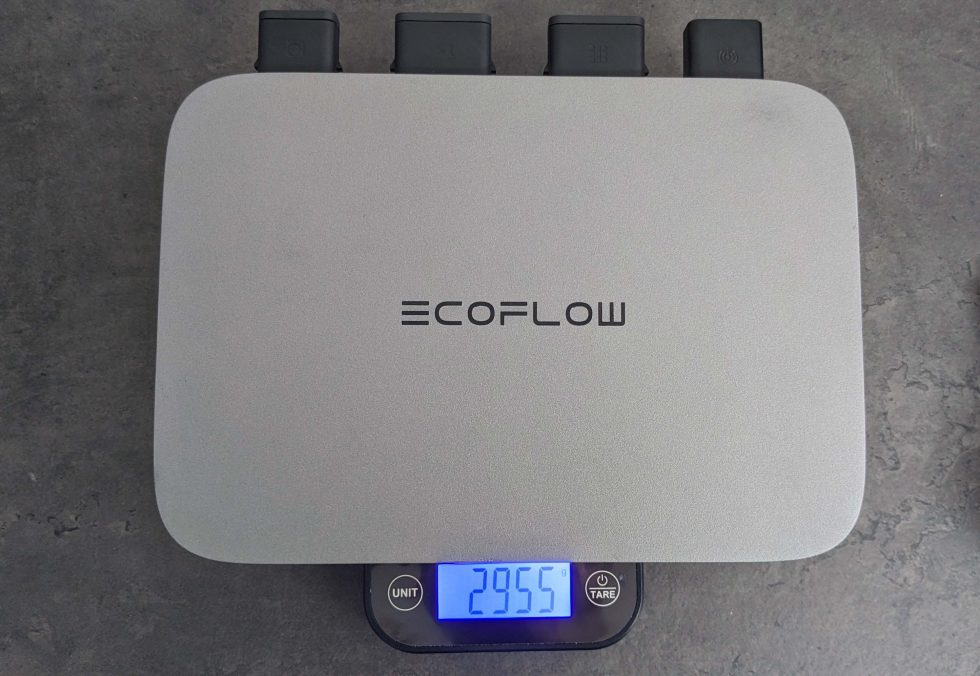
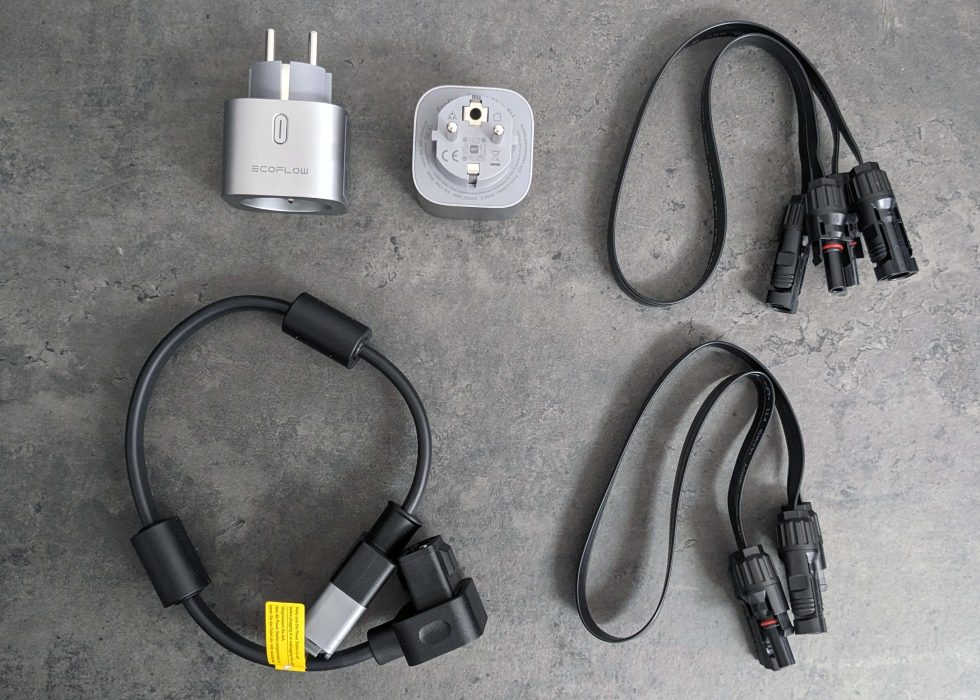
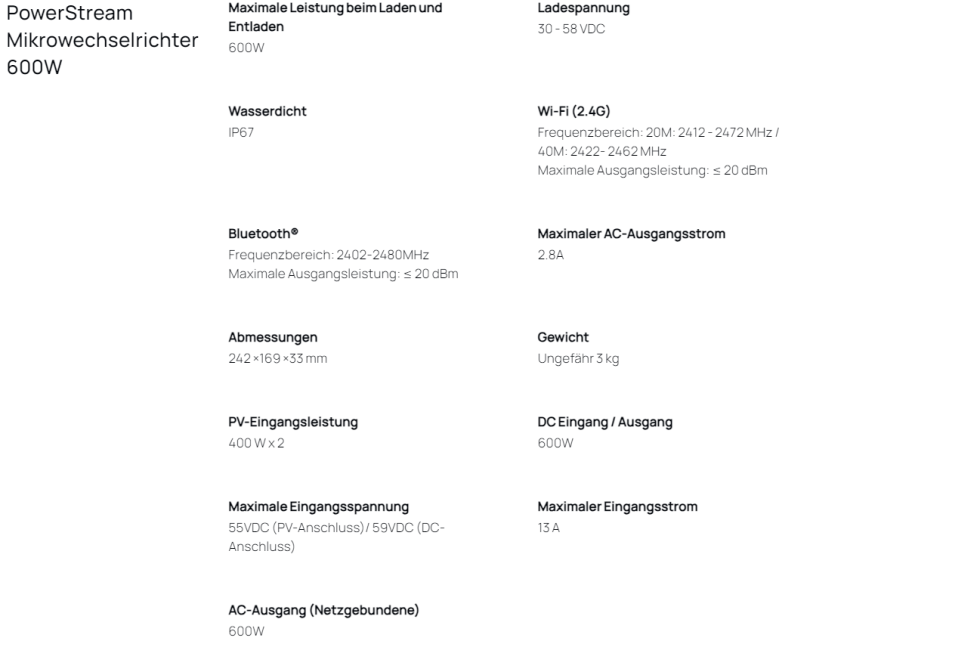




















59 Antworten
Kommentar
Lade neue Kommentare
Urgestein
Mitglied
Urgestein
Moderator
Mitglied
Moderator
Urgestein
Urgestein
Neuling
Moderator
Moderator
Urgestein
Moderator
Urgestein
Moderator
Moderator
Moderator
Moderator
Moderator
Alle Kommentare lesen unter igor´sLAB Community →